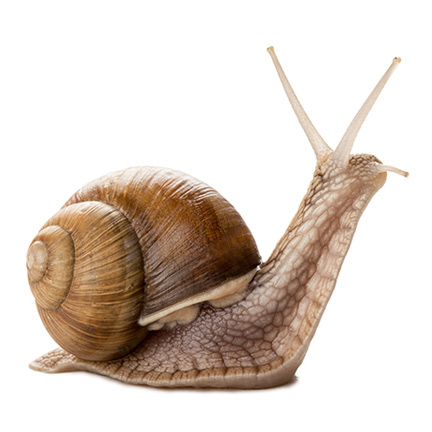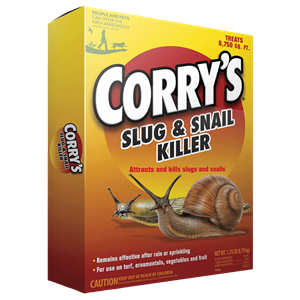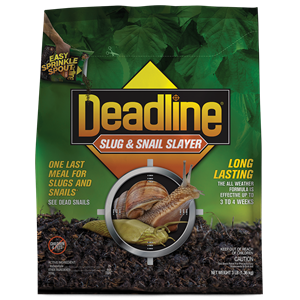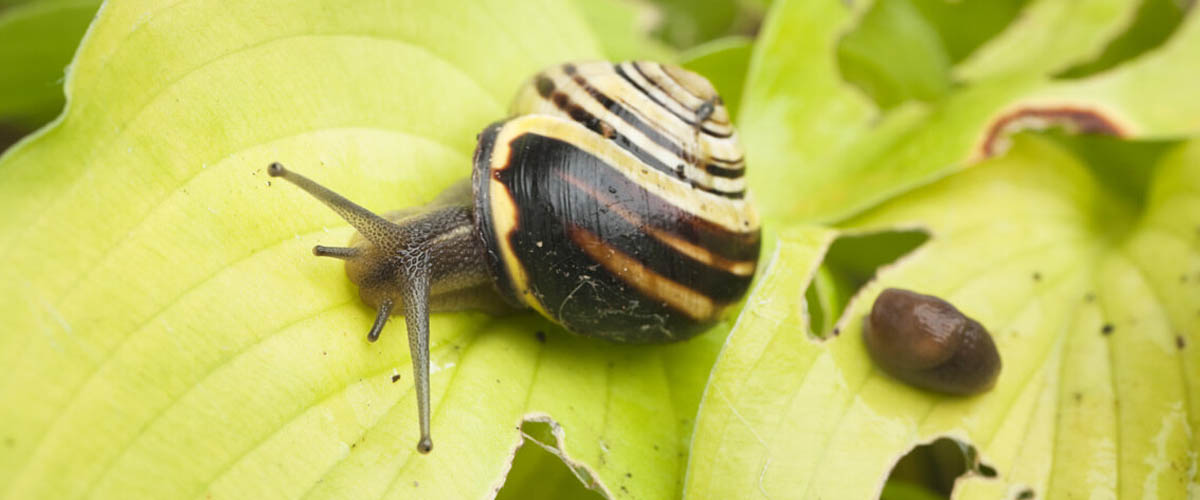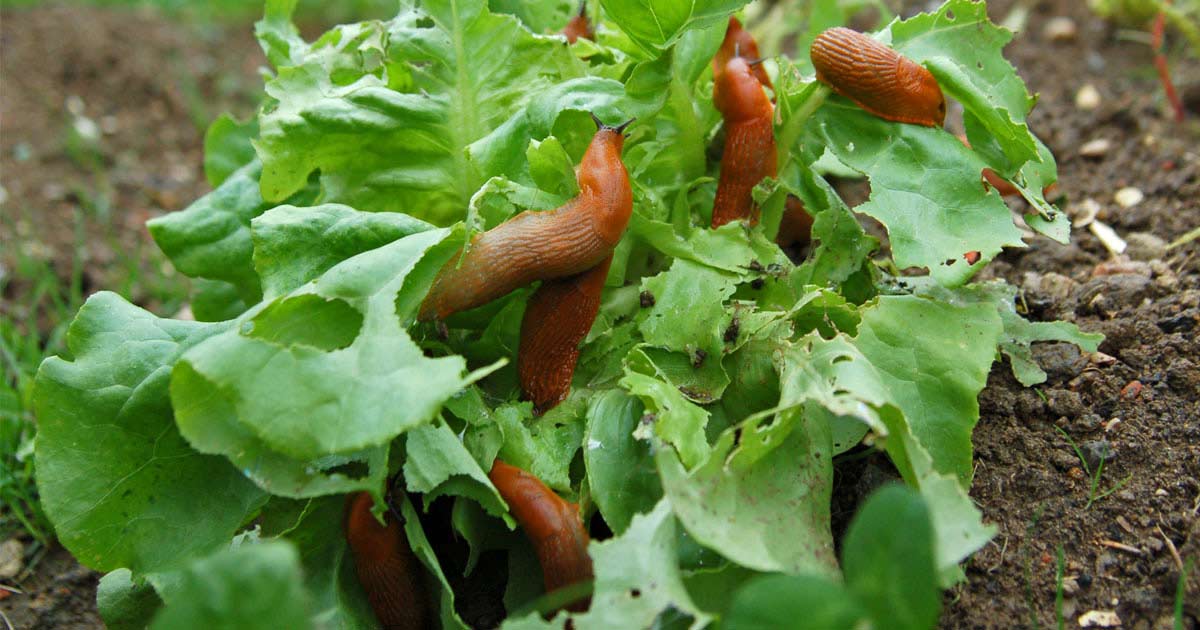Snails and Slugs
SNAIL AND SLUG IDENTIFICATION
Snails and slugs aren't insects. They're mollusks, a group that includes clams, oysters and octopuses. These pests eat several times their own weight each day as they slide along on a slime-secreting, muscular foot.
Though closely related, snails and slugs are simple to tell apart. Snails have hard external shells. Slugs have soft internal shells, prominent cape-like mantles or nothing at all. Both snails and slugs have two pairs of headborne tentacles. The upper pair, used for smell and sight, have eyes on the tips. The lower, shorter pair handle taste and touch. Snails stay above the surface, but shell-less slugs sometimes go underground.

SIGNS OF SNAILS AND SLUGS
Snail and slug damage peaks during moist, moderate weather in spring and fall. These voracious pests prefer tender leaves and shoots. Seedlings and foliage plants, such as hostas, are frequent targets. Slugs and snails create large, irregular holes as they feed. While chewing insects leave rough, uneven edges, slugs and snails leave edges smooth.
Another key sign of active snails and slugs is a network of slimy mucus trails on plants and soil. The silvery slime helps these pests move across surfaces and works like a mild adhesive to help them climb. Few other pests can cause the staggering leaf damage that snails and slugs can cause in a single night. Left unchecked, these pests multiply rapidly and plant damage skyrockets.
HOW TO CONTROL SNAILS AND SLUGS
Besides feeding on plants, slugs and snails can carry disease-causing pathogens. Always wear gloves when handling these pests, and teach children and pets to avoid them. Corry's and Deadline brand slug and snail products can help protect your plants and your family:
- Corry's Slug & Snail Killer – These fast-acting, ready-to-use pellets attract and kill both slugs and snails, and remain effective after rain. Use them on turf, ornamentals, vegetables or fruits. Slugs and snails eat the bait, stop feeding on plants and then crawl into seclusion to die. People and pets may enter the treated area immediately after application.
- Corry's Slug & Snail Copper Tape Barrier – This copper tape works to repel slugs and snails and physically hinders their movement into areas you want to protect. Install the tape like a miniature border around garden beds, container gardens or affected plants. Slime reacts with the copper to deliver a mild, unpleasant sensation that turns slugs and snails away.
- Deadline brand products, available as ready-to-use pellets and liquid baits, contain a powerful, fast-acting slug and snail killer. The pests eat the baits and die quickly, leaving dried-out shells and dying slugs and snails as visible proof. Reserve these highly effective products for areas where you can keep out children and pets until the product can no longer be seen.
SNAIL AND SLUG CONTROL TIPS
Snails and slugs look for cool, moist hiding places to rest between their nighttime feasts. Reduce or eliminate these welcoming spots by using drip irrigation and water-conserving gardening practices.
Always read product labels and follow the instructions carefully.
Corry's with design and Deadline are registered trademarks of Matson, LLC.
Pest Gallery
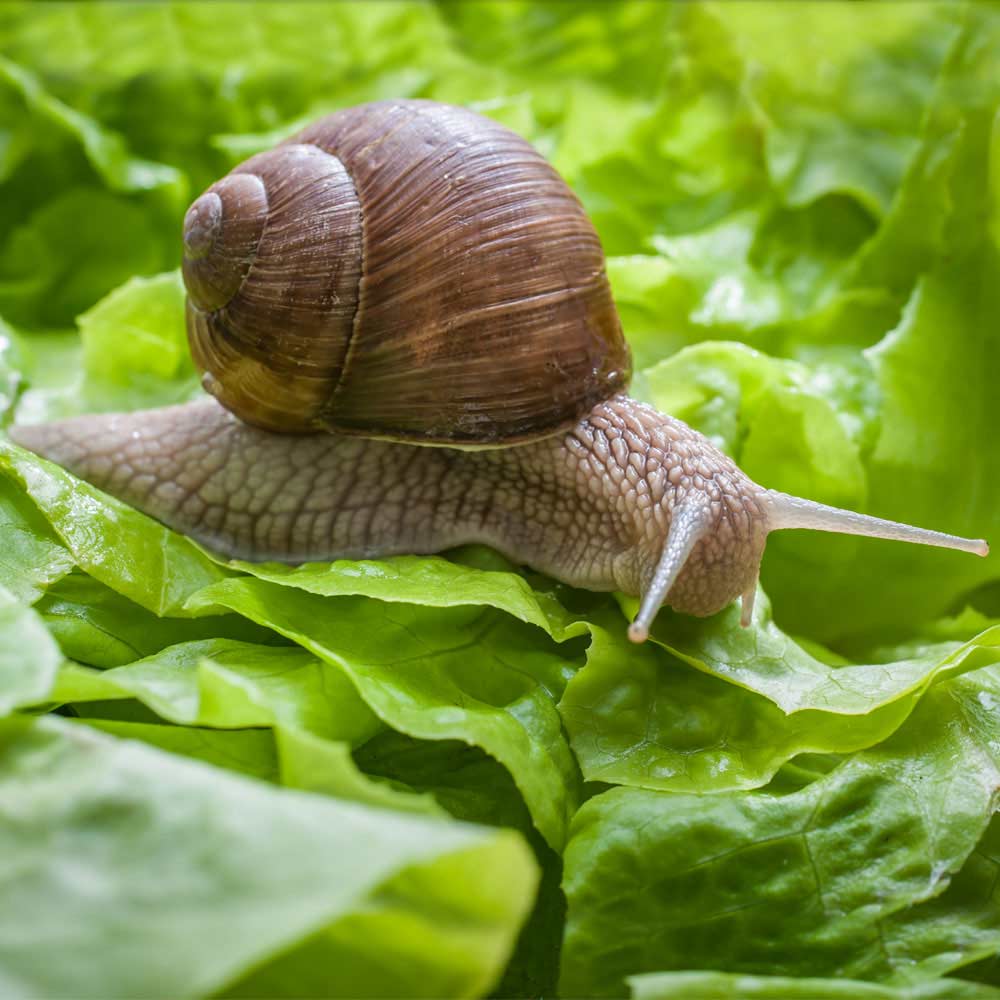
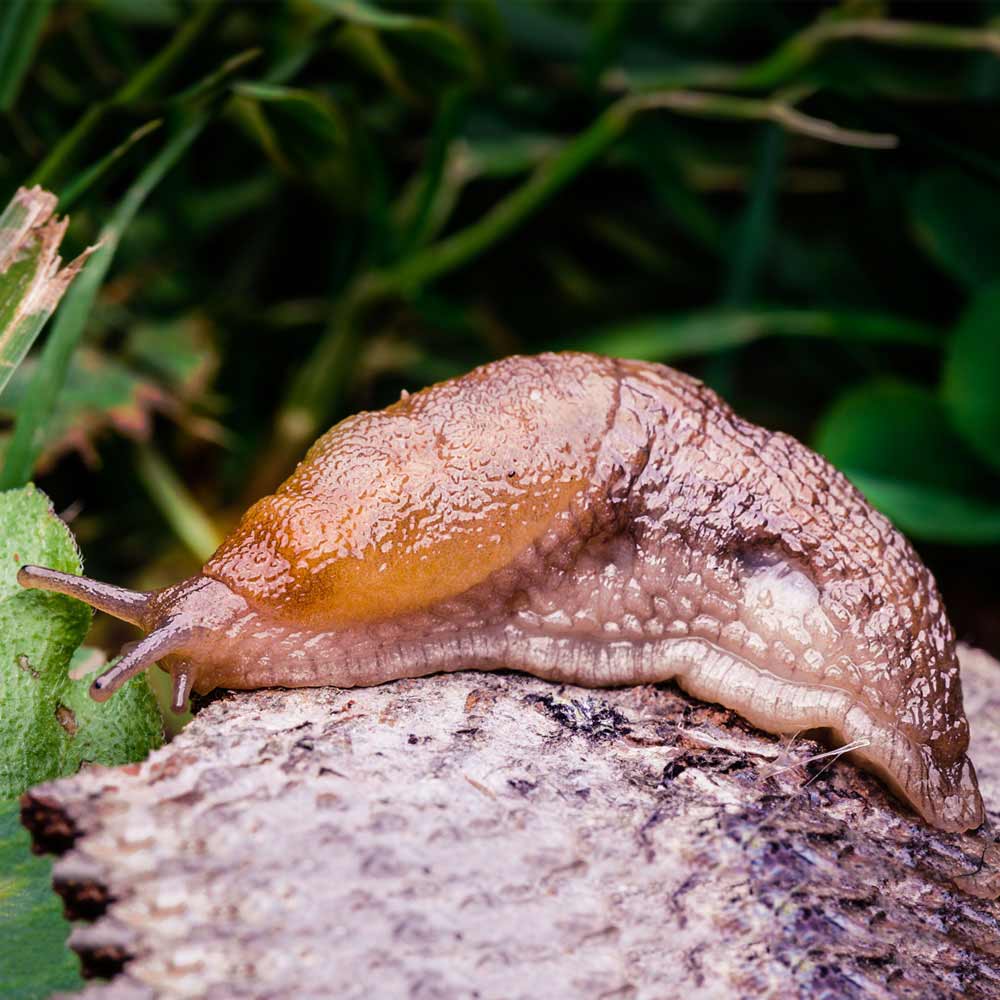
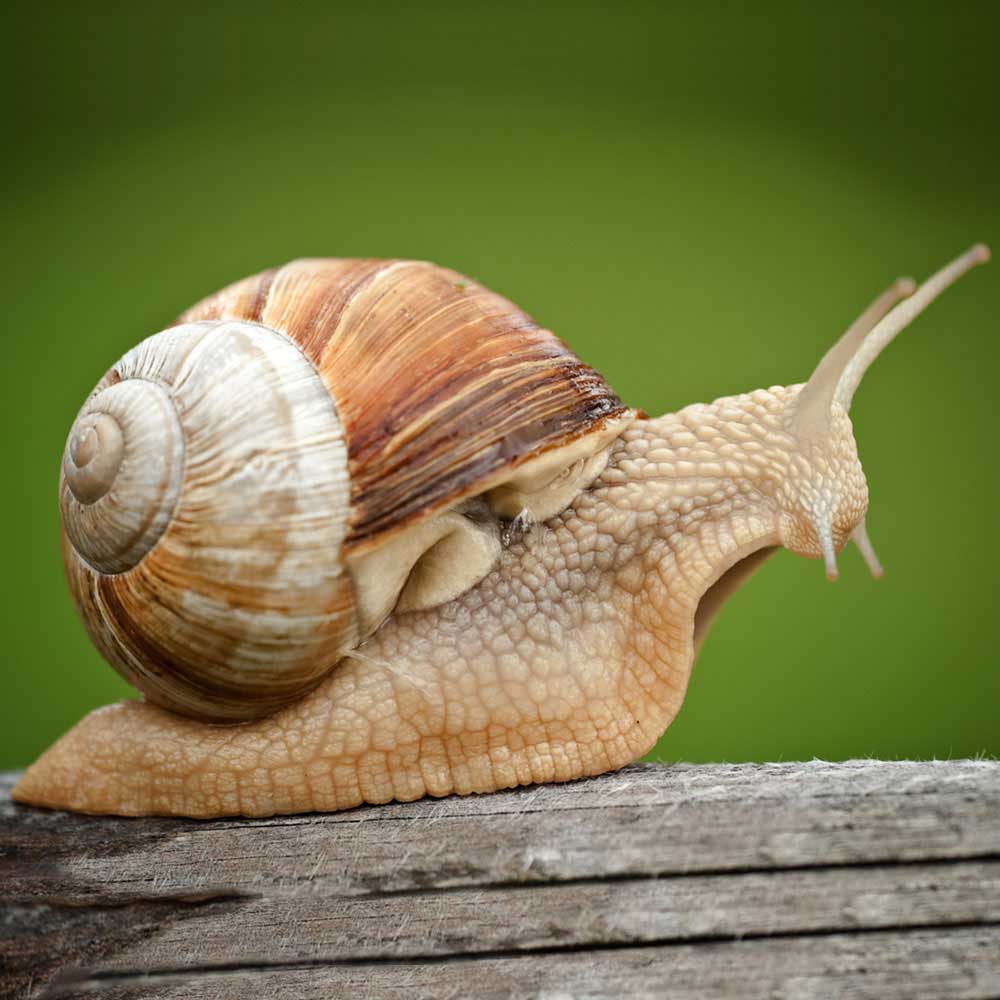
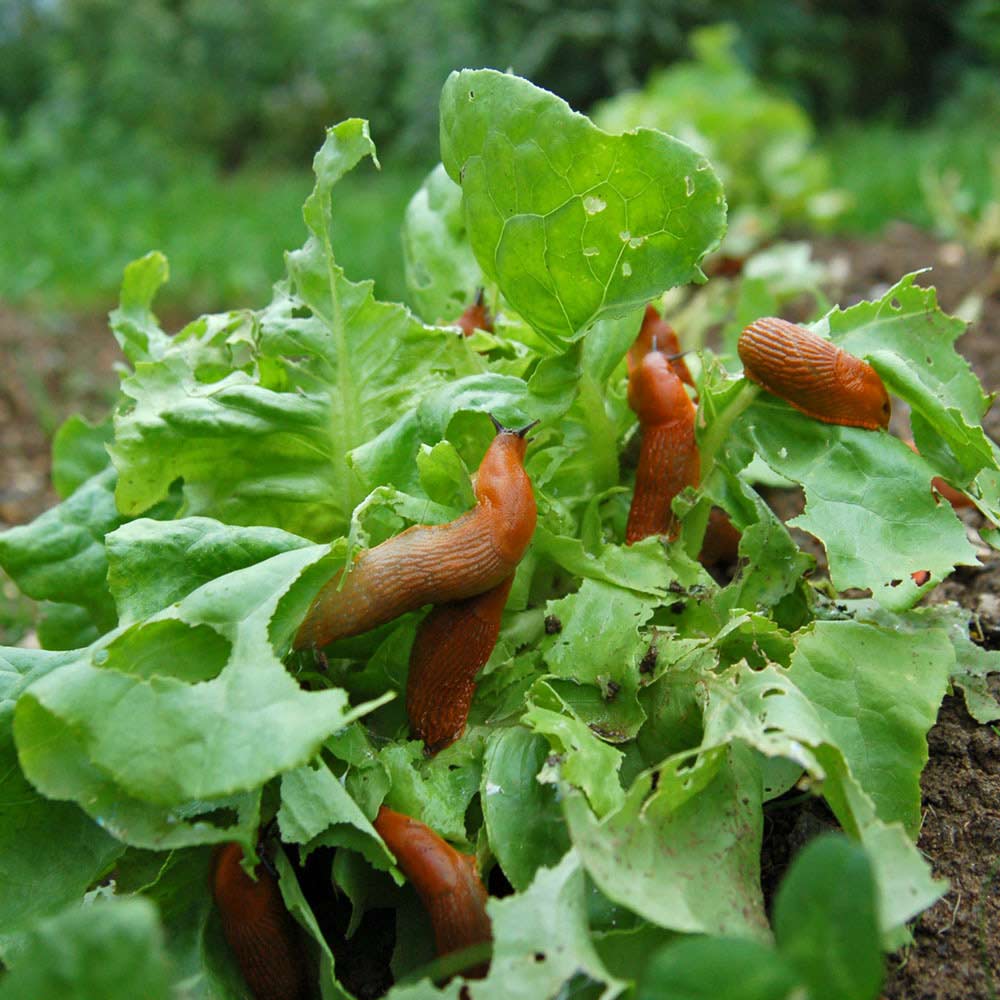
Is this not your insect?

